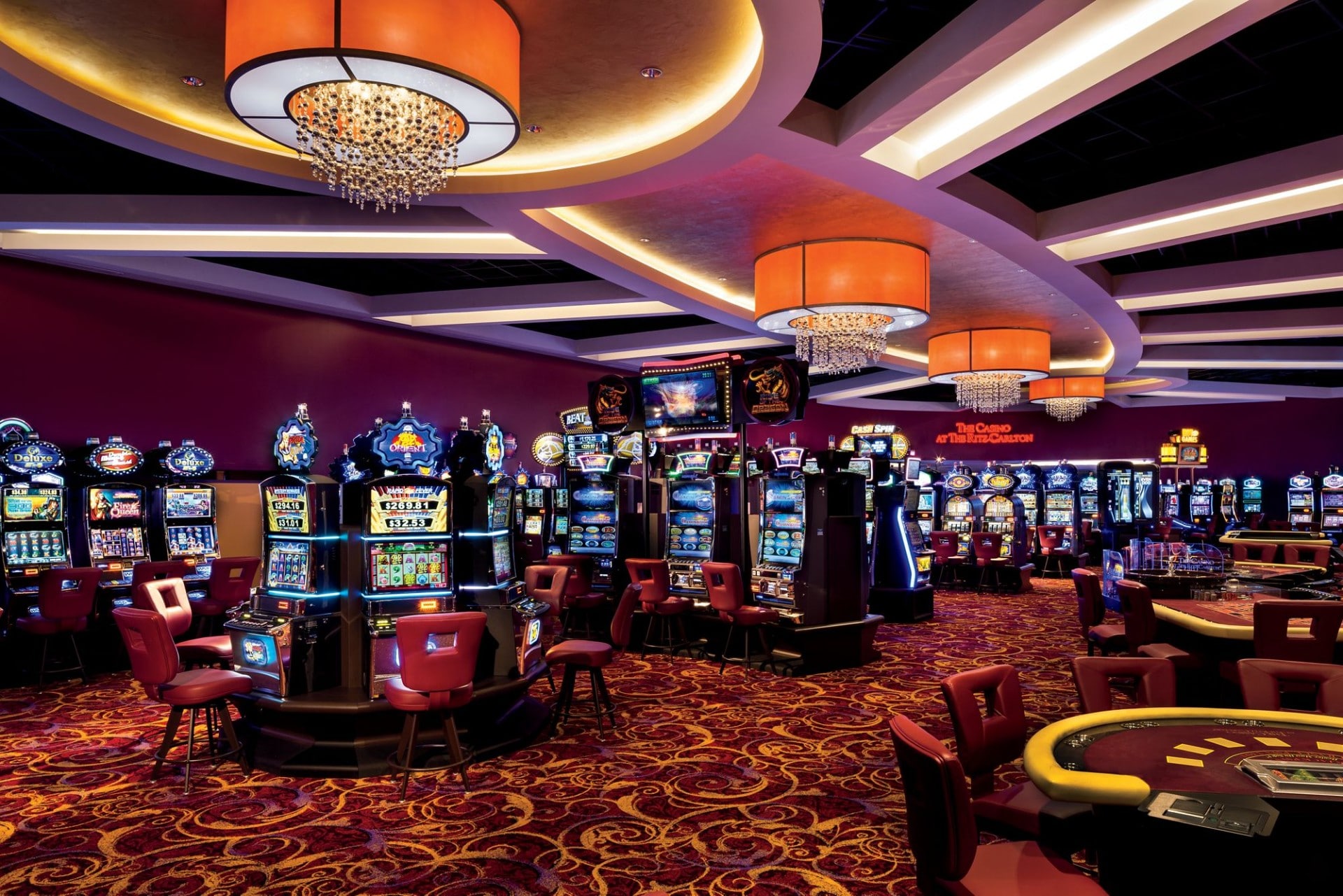
The world of casino games has long captivated participants with its blend of thrill, tactics, and the suspense of luck. With technology advances and the gaming landscape transforms, an innovative approach known as game mechanics has begun to reshape the way we experience these traditional games. By incorporating gaming elements such as competition, rewards, and progress tracking, gamification raises participant interaction and changes the traditional casino atmosphere into a more dynamic and immersive environment.
This approach in casino entertainment not only draws to experienced gamblers but also invites a new group of participants who crave a more involved experience. Featuring features that promote participation and build connection among players, the game-based features breathe new life into beloved favorites like poker, 21, and fruit machines. As we dig deeper into this trend, we will investigate how gamification is transforming the casino atmosphere, making it far inclusive, entertaining, and rewarding for everyone involved.
Understanding Game Elements
Game mechanics denotes the application of game-like elements in real-world contexts to boost player involvement and experience. In the realm of casino games, this concept has gathered considerable traction, changing conventional gaming into a much engaging and fulfilling experience. By including elements such as points, stages, and benefits, casinos can establish an environment that encourages players to participate more often and for extended periods.
At the center of this concept is the urge to leverage the internal desires of players. Gaming experiences that employ gamification techniques are crafted to not only entertain but also to promote rivalry and achievement. Players are often compelled to the prompt feedback and advancement monitoring that these features provide. This not only maintains them engaged but also fosters a notion of accomplishment as they reach objectives and access additional aspects.
Furthermore, gamification can improve social engagement among players, creating a social atmosphere that enhances the satisfaction of casino games. Elements such as leaderboards, group contests, and teamwork activities allow players to link with others, share experiences, and compete in a good-natured manner. This social aspect adds an extra facet to the experience, rendering it more immersive and enjoyable for participants.
Impact on User Involvement
Game design strategies in casino games have remarkably transformed the way gamers engage with their beloved activities. By including elements such as prizes, rankings, and trophies, gambling establishments create an environment that fosters a stronger relationship between users and the activities they love. non GamStop casinos This improved engagement leads to longer gaming time and boosted player dedication, as users strive to unlock new levels or receive unique incentives.
Moreover, the communal aspect of interactive casino games cannot be dismissed. Numerous platforms allow gamers to challenge against friends or fellow players, which brings a layer of excitement and community. This rivalry drives engagement by accessing into users’ competitive instincts, encouraging them to come back for more in order to improve their ranking or demonstrate their achievements. As a result, the connections between players foster a feeling of community that motivates gamers coming back.
Additionally, the immediate responses and validation provided by game elements serve to motivate gamers. Whether a notification of a recent achievement or the thrill of earning a bonus, these quick recognitions play a vital role in maintaining attention. By constantly providing gamers for their efforts, casino games become greater than a pastime; they evolve into an immersive engagement that captivates players and improves their overall experience.
Trends in Casino Game Design
The entire landscape of gambling game design is constantly evolving, driven by tech innovations and shifting player preferences. One notable trend is the integration of interactive technologies, such as VR reality and AR reality, to enhance the gaming experience. These technologies create a more engaging environment, allowing players to perceive as though they are in a physical casino, which can lead to longer play sessions and increased player satisfaction.
A further trend is the integration of storytelling elements into casino games. Game designers are concentrating on storytelling to create a deeper connection between the player and the game. This narrative-driven approach not only makes the games more enjoyable but also motivates players to invest emotionally, which can enhance their overall experience. By blending traditional gaming mechanics with captivating stories, developers are drawing in a wider audience who may not have previously engaged with casino games.
Lastly, the rise of social gaming features is reshaping how players interact with casino games. Many games now feature social elements, such as broadcasting achievements or challenging with friends, to promote community and engagement. This trend reflects a move towards a more participatory experience, where players can connect with others, sharing their excitement and challenges. As casinos adapt to these social dynamics, the experience of gaming becomes not just about individual play, but also about fostering connections among players.
